Lewis Grace Winery & Tasting Room
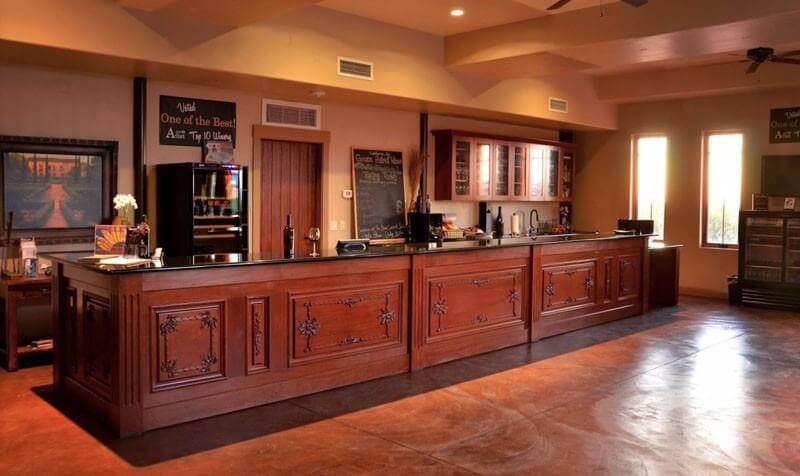
The rolling hills of Sonoma County, long celebrated for their world-class wines, face a new challenge as Lewis Grace Winery & Tasting Room finds itself at a critical juncture. Amidst evolving consumer preferences and increasing competition, the winery is navigating a complex landscape that demands both innovation and a deep respect for tradition. The future of this family-owned estate, and potentially others like it, hangs in the balance.
At the heart of this story lies the struggle of a winery to remain relevant in a market saturated with both established giants and up-and-coming boutique producers. Lewis Grace Winery, renowned for its handcrafted Pinot Noir and Chardonnay, must adapt to shifting consumer tastes, embrace sustainable practices, and cultivate a loyal customer base. The challenge lies in preserving its legacy while embracing the changes necessary for long-term viability.
A Legacy Rooted in Sonoma
Founded in 1985 by Robert and Eleanor Grace, Lewis Grace Winery quickly established itself as a purveyor of premium wines. Their dedication to meticulous vineyard management and traditional winemaking techniques earned them critical acclaim and a devoted following. Over the years, the winery has become a beloved fixture in the Sonoma County wine scene, contributing significantly to the region's reputation for excellence.
The winery’s current proprietor, their daughter, Catherine Grace, inherited not only the vineyards and the winery but also a deeply held commitment to quality. She understands the delicate balance between honoring the past and charting a course for the future. "We are custodians of this land," she says, "and we have a responsibility to ensure its health and prosperity for generations to come."
Navigating a Changing Market
The wine industry has undergone significant transformation in recent years. Consumer preferences are shifting towards lighter-bodied wines, alternative varietals, and lower alcohol content. The rise of e-commerce and direct-to-consumer sales has also disrupted traditional distribution channels.
According to a recent report by the Wine Institute, younger consumers, in particular, are seeking out unique experiences and wines that align with their values. This presents both a challenge and an opportunity for Lewis Grace Winery. They must find ways to connect with this new generation of wine lovers while remaining true to their core values.
Embracing Sustainability
One key strategy for Lewis Grace Winery is to embrace sustainable viticultural practices. They are committed to reducing their environmental footprint by implementing water conservation measures, using organic farming techniques, and investing in renewable energy. This dedication to sustainability not only benefits the environment but also resonates with environmentally conscious consumers.
"We believe that sustainability is not just a trend, but a fundamental responsibility," explains Catherine Grace. "By caring for the land, we are ensuring the long-term health of our vineyards and the quality of our wines."
The Tasting Room Experience
The Lewis Grace Winery & Tasting Room plays a crucial role in connecting with customers and showcasing their wines. The tasting room offers visitors a personalized experience, allowing them to learn about the winery's history, sample their award-winning wines, and enjoy the stunning views of the surrounding vineyards.
The winery is also experimenting with new ways to enhance the tasting room experience. They are hosting special events, offering food pairings, and incorporating educational elements to engage visitors and create lasting memories. The goal is to create a welcoming and informative environment that fosters a deeper appreciation for wine.
Direct-to-Consumer Sales
Another important strategy for Lewis Grace Winery is to expand its direct-to-consumer sales channels. They have invested in their website, developed a wine club, and are actively engaging with customers on social media. This allows them to build relationships with customers directly, bypassing traditional distribution channels and increasing their profit margins.
According to a Silicon Valley Bank report, direct-to-consumer sales are becoming increasingly important for wineries of all sizes. By building a strong online presence and offering personalized service, Lewis Grace Winery can reach a wider audience and cultivate a loyal customer base.
Challenges and Opportunities
Despite its efforts, Lewis Grace Winery faces a number of challenges. Competition from larger wineries with greater marketing budgets is fierce. Climate change poses a significant threat to the wine industry, with rising temperatures and unpredictable weather patterns impacting grape yields and quality.
However, there are also significant opportunities. The growing interest in sustainable wines, the increasing demand for personalized experiences, and the rise of direct-to-consumer sales all present opportunities for Lewis Grace Winery to thrive. By embracing innovation, staying true to its values, and connecting with consumers on a personal level, the winery can overcome these challenges and secure its future.
"We are committed to preserving the legacy of Lewis Grace Winery while adapting to the changing landscape of the wine industry," says Catherine Grace. "We believe that our dedication to quality, sustainability, and customer service will allow us to continue producing exceptional wines for generations to come."
The story of Lewis Grace Winery is not just the story of one winery; it is a reflection of the challenges and opportunities facing the entire Sonoma County wine region. Their success, or failure, will serve as a lesson for others striving to maintain tradition while navigating an uncertain future.
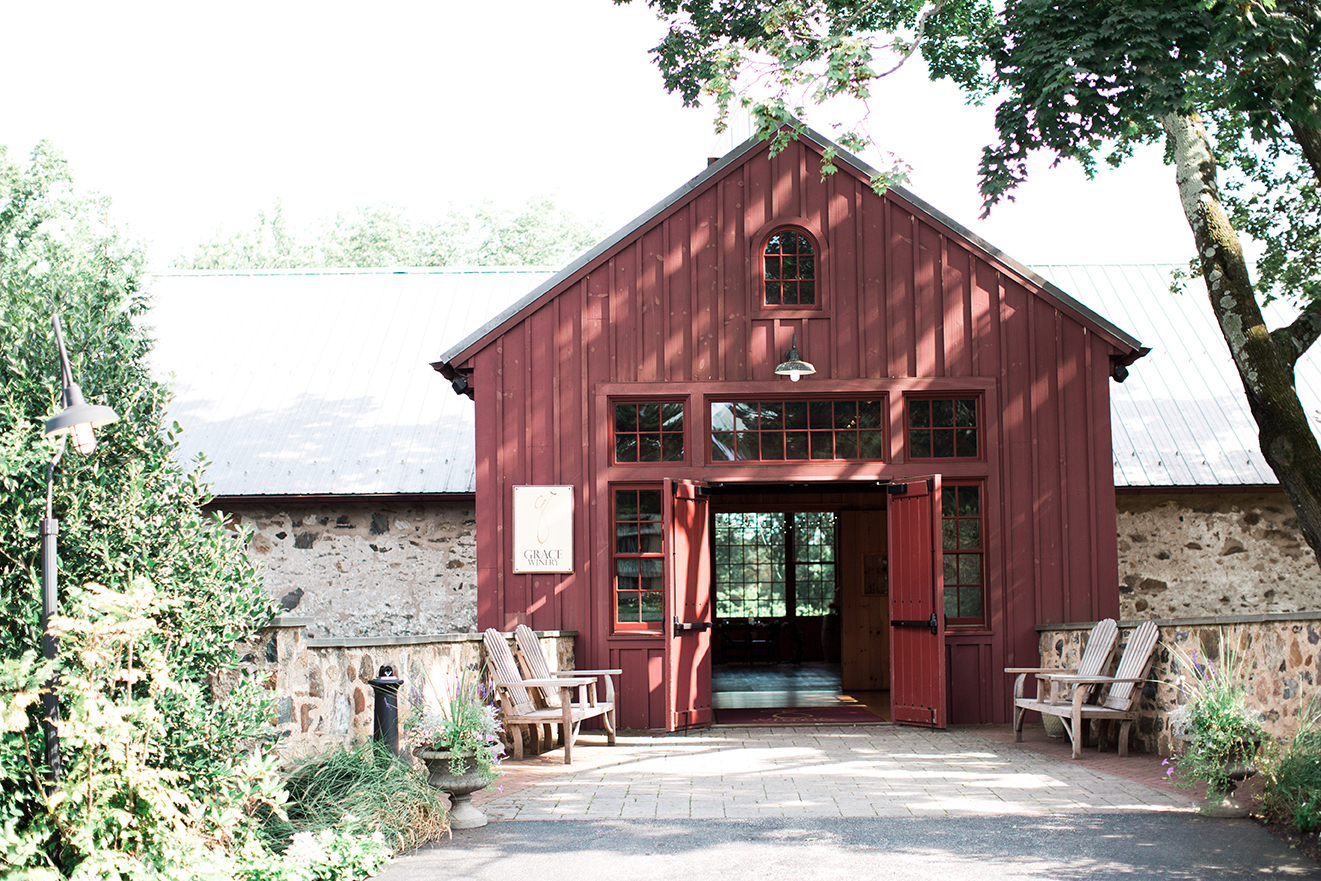


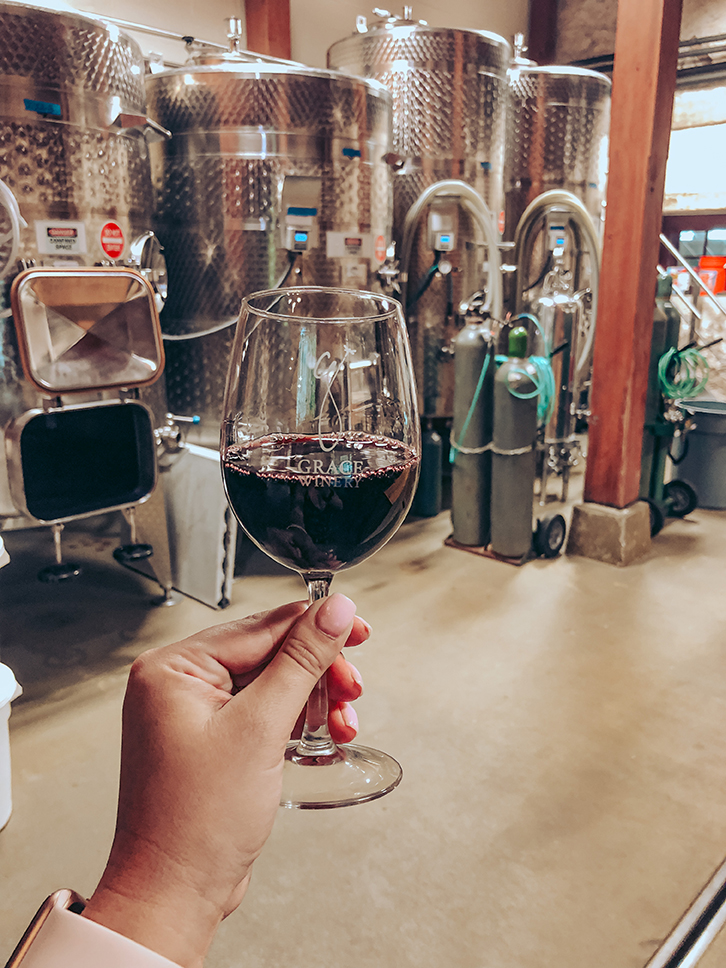


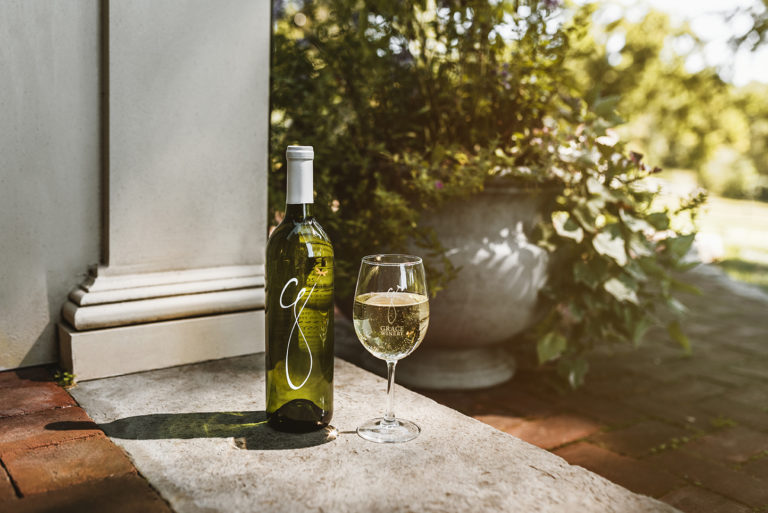
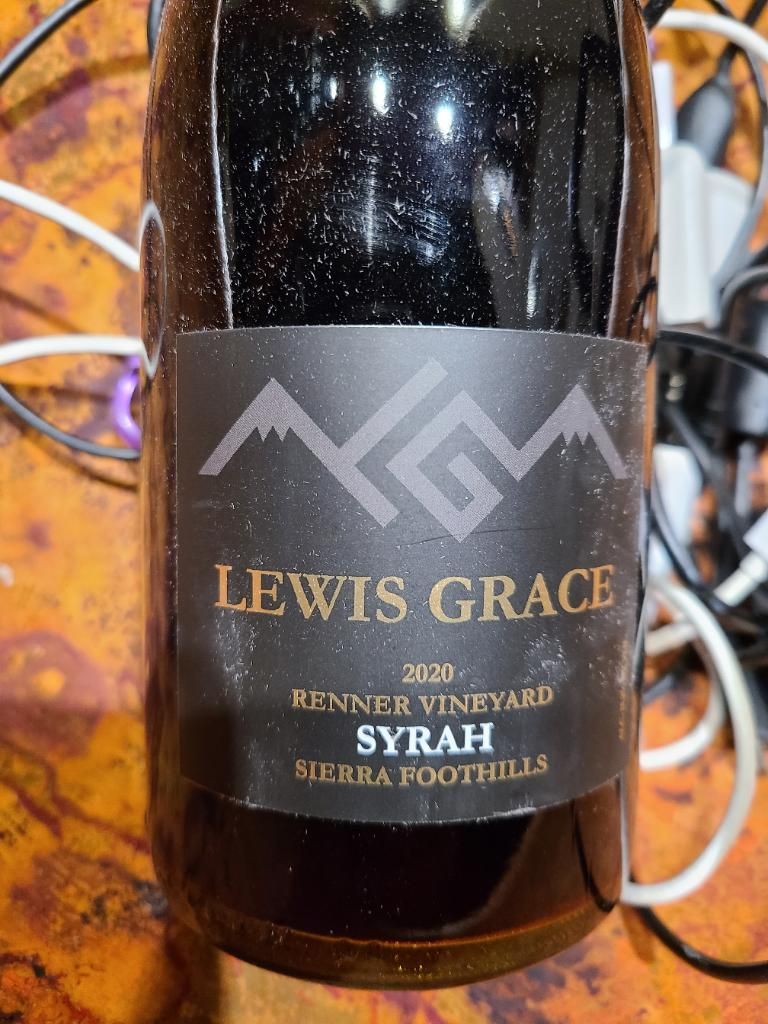
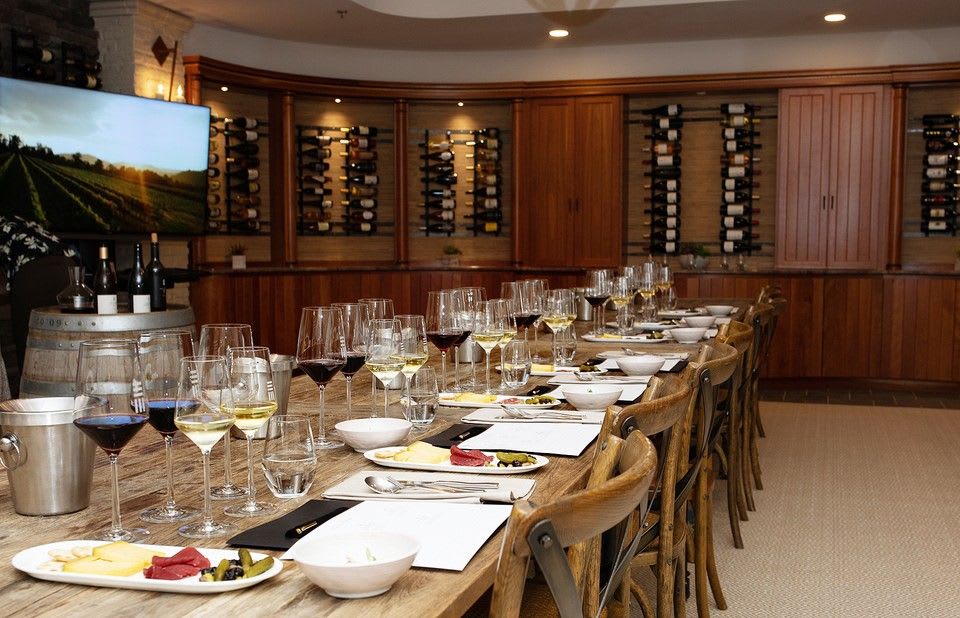
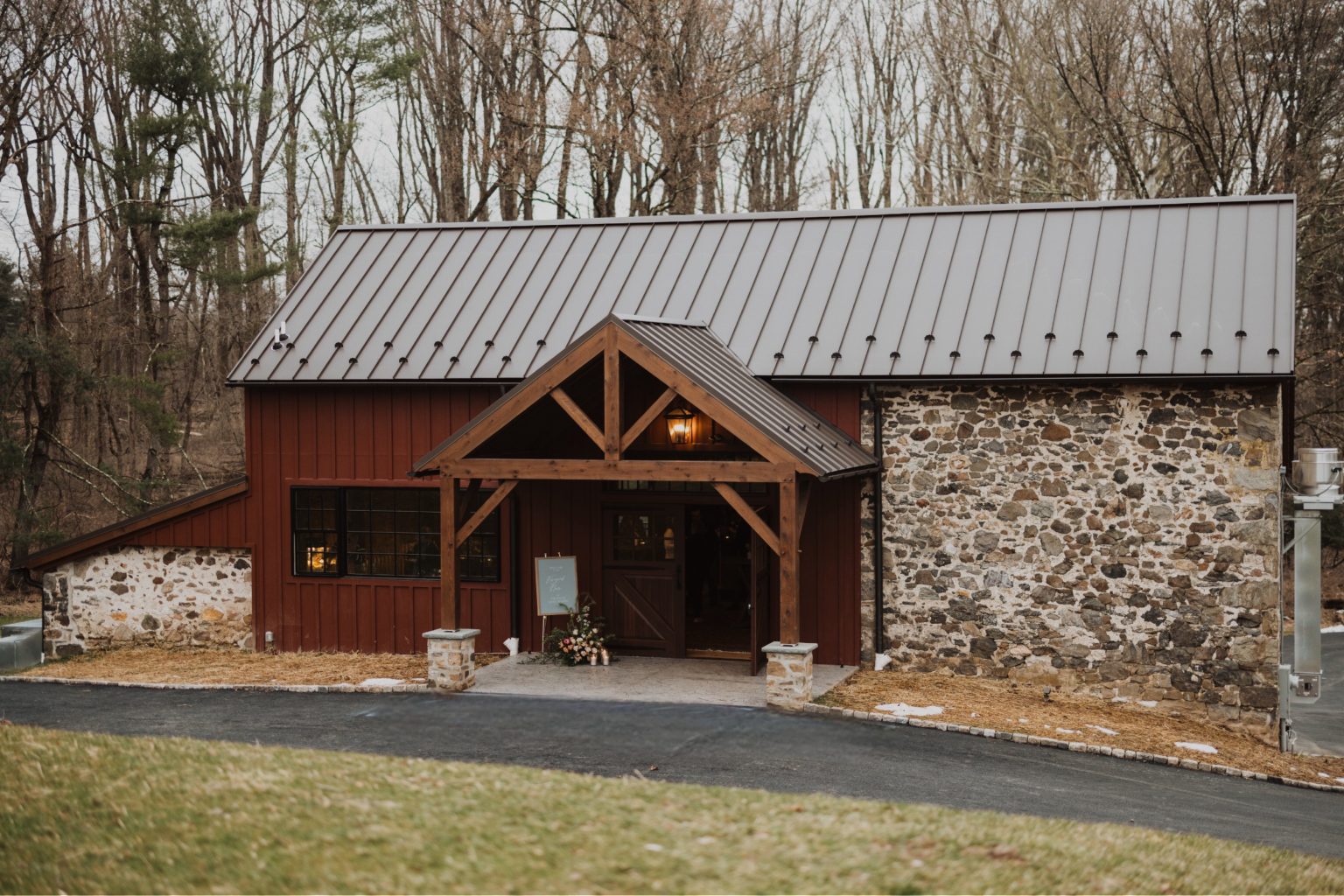

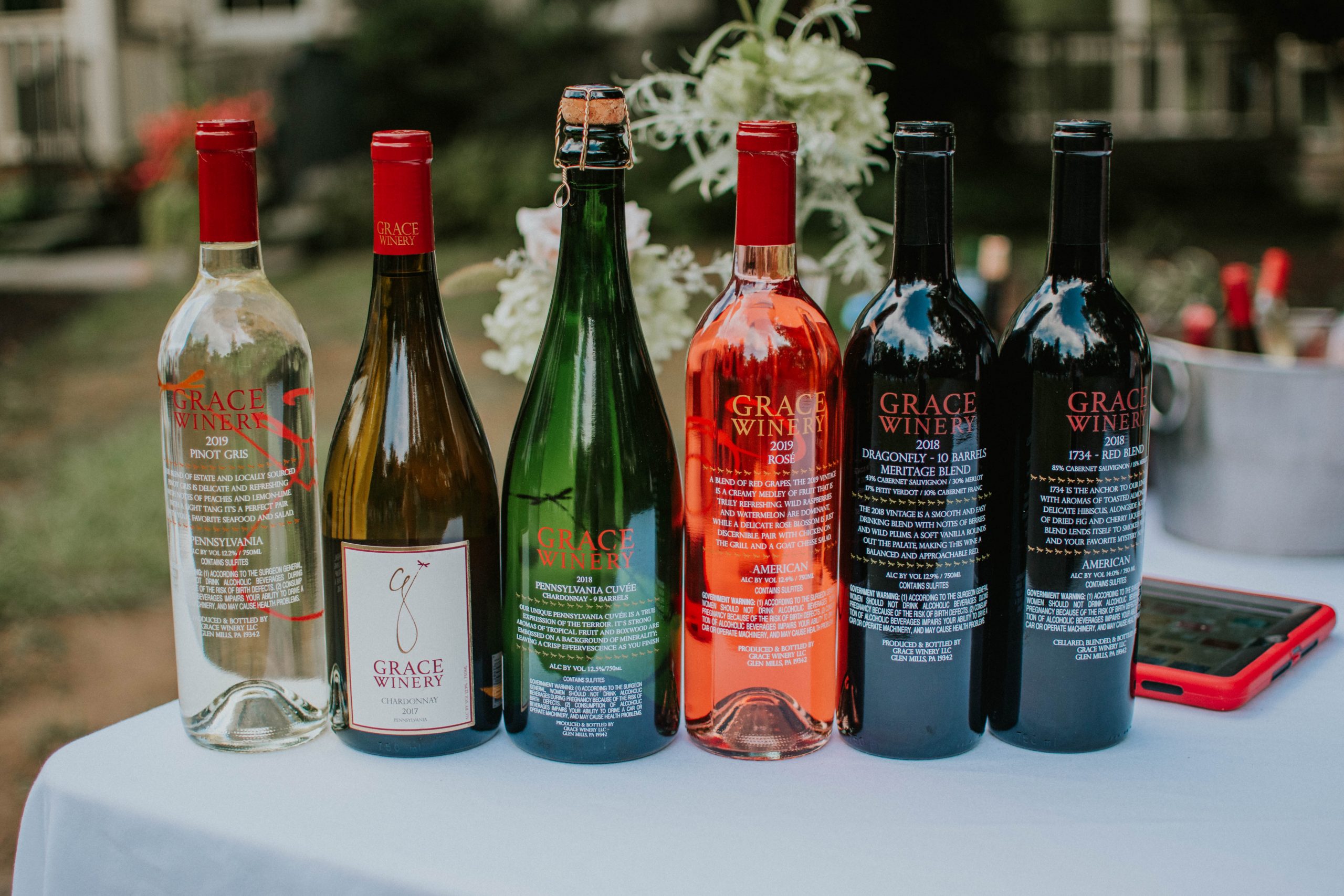

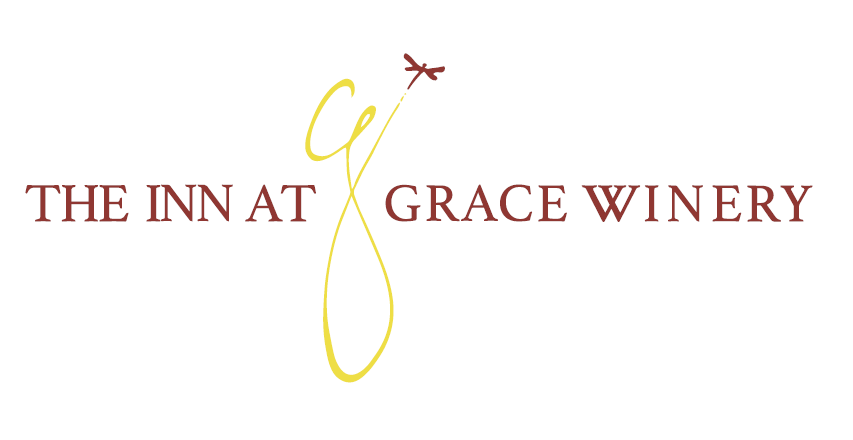


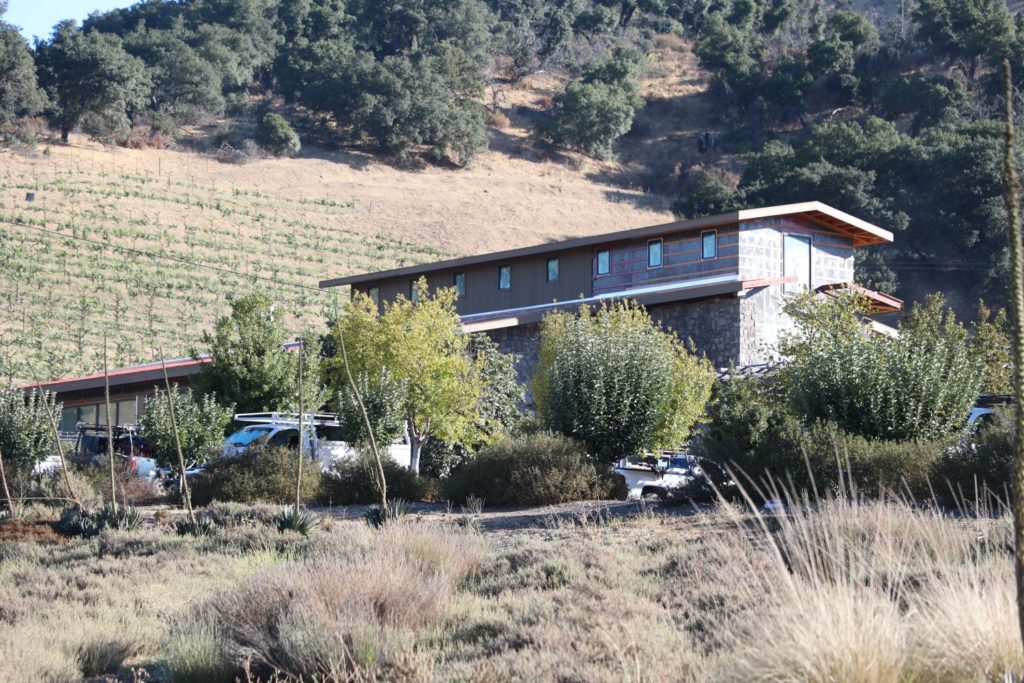
:quality(70)/cloudfront-us-east-1.images.arcpublishing.com/advancelocal/THSEKGTOO5CCHKEKZMQSSZ35QM.jpg)
